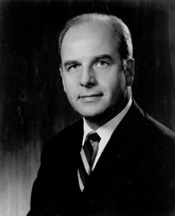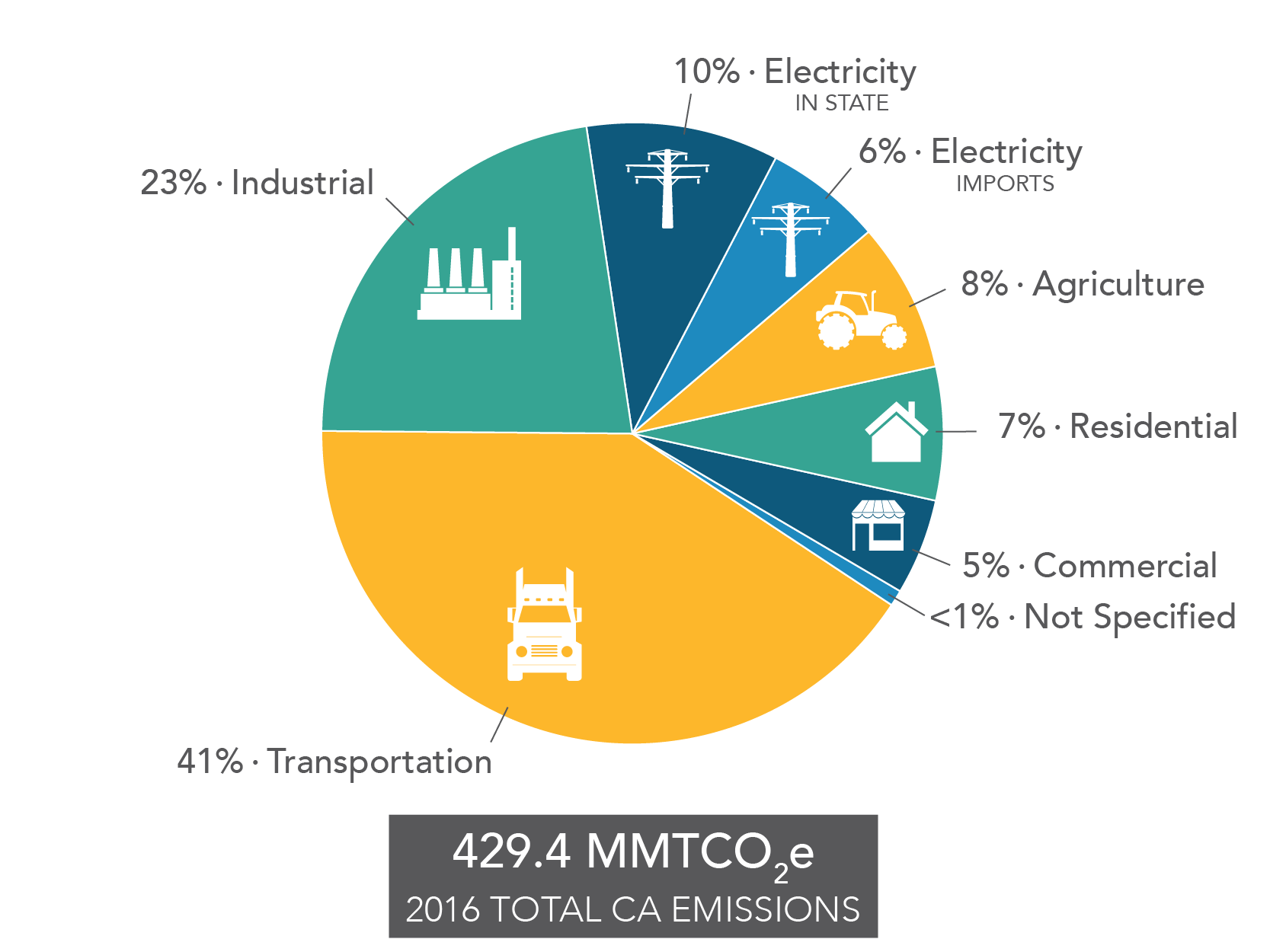Is attacking dirty air from the grassroots level best or cleaning it using the top-down approach? The answer to this question is what we are right here, right now in search of.
Each year once per year, representatives from hundreds of nations gather, the purpose of which is to come to agreement regarding identified climate strategies that, if implemented, ultimately would enable the world to reach short-, medium- and long-term climate goals. This year, that gathering took place in Madrid, Spain.
Okay, regarding such climate-summit progress, it looks as if the public is taking a dim view. Optimism in this regard appears to be waning. Not the kind of public sentiment hoped for, especially at this moment in time when there seems to be growing skepticism that previously agreed-upon targets to reduce the concentration of global greenhouse gas emissions in the atmosphere to prevent what many fear will be runaway climate change should these targets not be met by a specified date, will be met in time.
Which is why the question of which – a top-down or bottom-up approach to not only address the problems of polluted air but climate change too – is better.
Okay, so here’s a clue.
If you want to know who’s on the right track, look no farther than teenage climate activist Greta Thunberg, who this year, went the extra mile, meaning she did so both in a responsible and renewable/sustainable manner.
She got it exactly right. Whereas the bulk of the representative parties attending the 25th Conference of the Parties (COP25) climate summit this year between Dec. 2nd and Dec. 13th in Madrid, Spain arrived by airplane, Thunberg, on the other hand, traveled by sailing craft, at least during the overseas portion of her trip anyway. The vessel itself was propelled by both solar and wind power.
Not only is this action remarkable and commendable, but it is extraordinary from the standpoint that Thunberg went to such great lengths – literally and figuratively – to, get this, not just set an, but the, exemplary example. TIME magazine, in fact, has named Thunberg in 2019 “Person of the Year.”
And, this move is particularly relevant at this time in this day and age due to the fact that transportation is now the leading producer of greenhouse gas emissions – 29 percent versus 28 percent for the next largest sector, electricity – at least in America. Moreover, worldwide, greenhouse gas emissions are increasing.
Being that transportation is the place to start, the solutions should seem so glaringly obvious.
Among the more popular ones is electrification. And this goes for any mode be it waterway-, airway-, railway- or roadway-based – it matters not.
As long as the infrastructure is in place to provide for battery recharging when the need is there or if the provided electricity is in constant supply, as is the case with electrically powered trains, this means of propulsion is viable indeed.
At any rate, an effective way of helping address the outdoor air pollution problem. There are many others.
Bottom up
Earth Day was established on Apr. 22, 1970. It was a movement that essentially cropped from the ground at the grass roots level. The aim of the original Earth Day didn’t exclusively deal with combating air pollution, but that was one of the event’s main thrusts. Whether Earth Day in and of itself is a success or not really depends on who is asked.

“In 1968, Morton Hilbert and the U.S. Public Health Service organized the Human Ecology Symposium, an environmental conference for students to hear from scientists about the effects of environmental degradation on human health. This was the beginning of Earth Day. For the next two years, Hilbert and students worked to plan the first Earth Day. In April 1970—along with a proclamation from U.S. Sen. Gaylord Nelson—the first Earth Day was held,” as published on the Wikipedia site, on “Earth Day” page under the “April 22 observances” subheading and “Growing eco-activism before Earth Day 1970” sub-subheading.
Top down
The passage of legislation such as in the form of the Clean Air Act is an example of air protection coming from the top down. Another is approval in California of State Assembly Bill (AB) 32, the Global Warming Solutions Act of 2006.
“The California legislature and Governor took significant steps to address the concerns raised about climate change, with the passage and signing of the Assembly Bill (AB) 32, the Global Warming Solutions Act of 2006 (AB 32, 2006). AB 32 set a target to reduce California greenhouse gas emissions to 1990 levels by year 2020. In addition, the Governor signed Executive Order S-3-05 to further require California to reduce greenhouse gas emissions by 80 percent below the 1990 levels by year 2050 (EO, 2005).”1
Meanwhile, from the Air Quality Matters “Where oh where will California be in 2030 with its own GHGs?” post, there is this: “It is important to note that as of 2016, California met its 2020 GHG-emissions-reduction goals: 431 million metric tons of carbon dioxide equivalent (MMTCO2e) emissions, the level in 1990. It wasn’t that the target was just met – it was surpassed: 429.4 MMTCO2e. In 2017, there were even greater gains – total state-emitted GHGs that year equaled 424.1 MMTCO2e.” This is down from a high of 489 MMTCO2e units in 2004.
Top-down or bottom-up approach, as can be plainly seen, when it comes to combating either air pollution or global warming, the bottom line here is no-one-size-fits-all mitigating approach is the end-all, be-all.
Notes
- “California’s Greenhouse Gas Emission Inventory: 2000-2012 (2014 Edition),” California Environmental Protection Agency Air Resources Board, May 2014, p. 1
Images: California Environmental Protection Agency Air Resources Board (lower)
– Alan Kandel
The lower image above was initially incorrectly credited to the Citizens’ Climate Lobby. The image is now properly credited.

